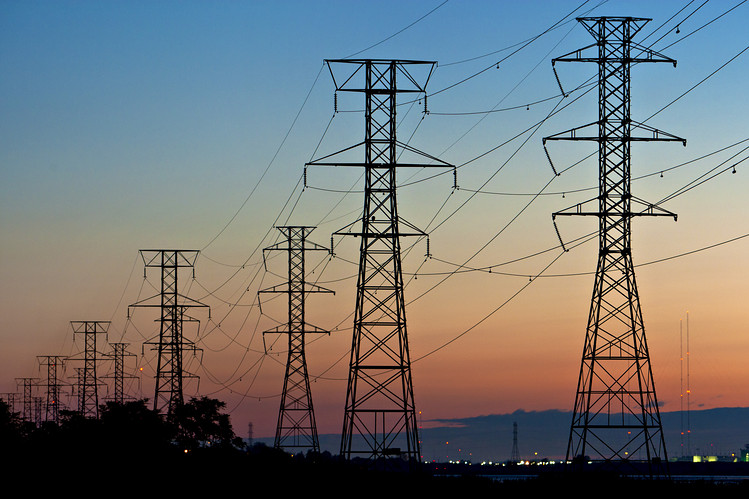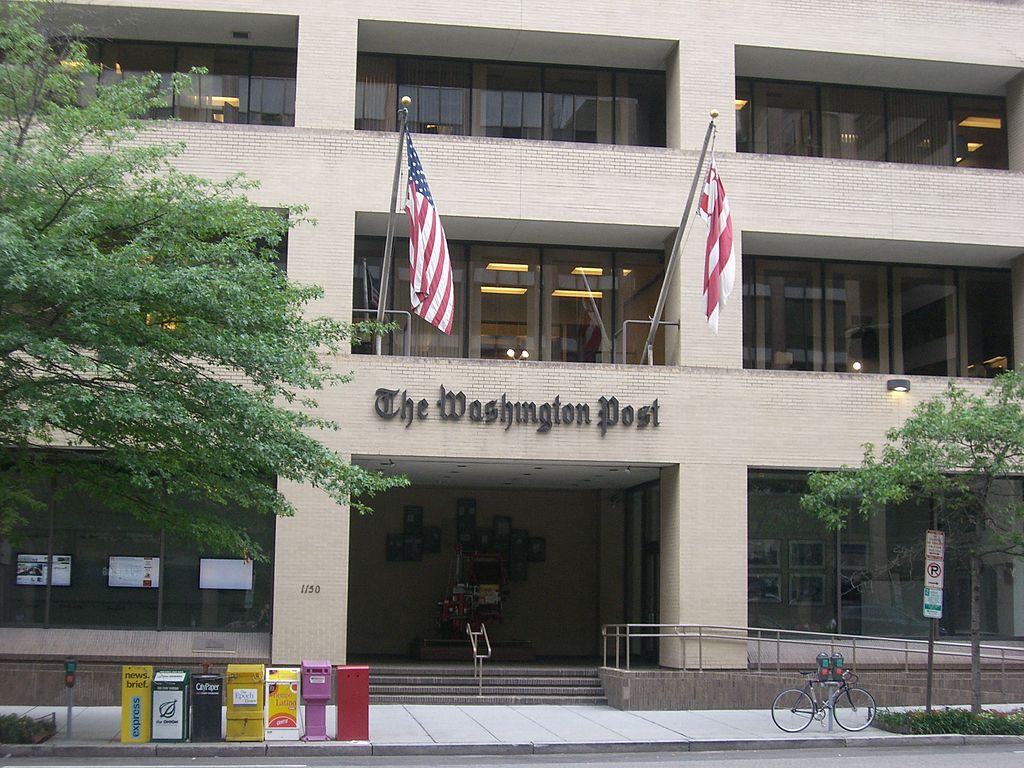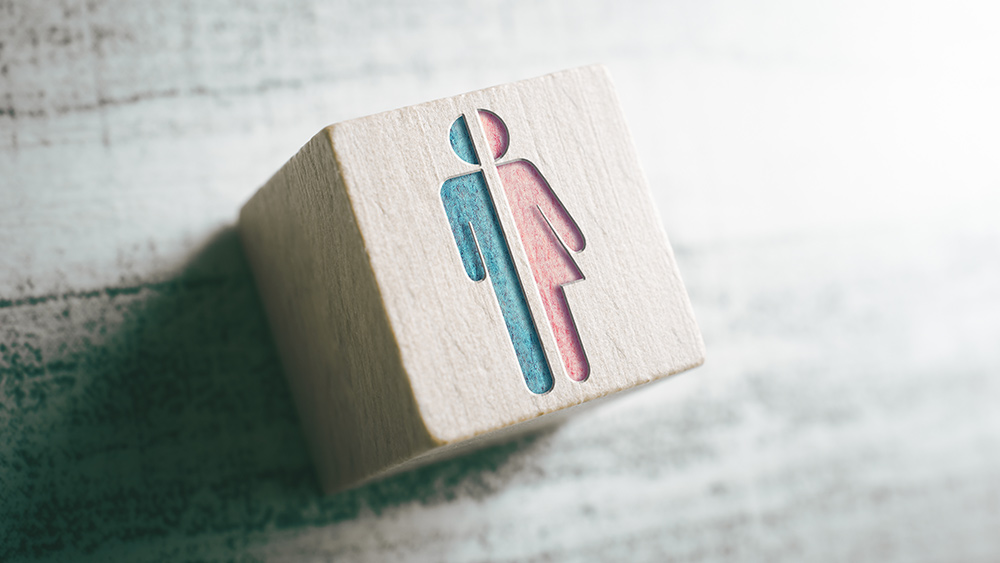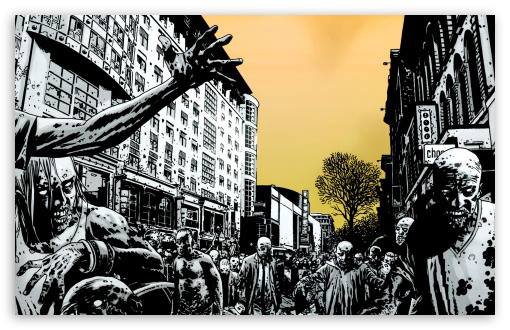
Jupiter, the largest planet in our Solar System, may have once collided with another planet in the distant past. According to a recent study, published in Nature by scientists from Rice University and Sun Yat-sen University, this may explain the gas giant's unique core.
Most of Jupiter's mass is comprised of hydrogen and helium. What makes Jupiter unique, compared with the other gas giants in the Solar System, is its core. Most gas giants are thought to have a small rocky, metallic core, except for Jupiter.
Based on gravitational measurements compared with Earth, the prevailing theory is that Jupiter has a “diluted” core that's partly solid and partly a super hot soup of liquid metallic hydrogen and helium.
Solving the mystery of Jupiter's diluted core
The scientists theorized that Jupiter's diluted core is due to it having collided with a smaller “protoplanet” around 4.5 billion years ago. The collision with this planet, which, while smaller than Jupiter, would have still been over 10 times the size of Earth, would have shattered Jupiter's original core, creating the diluted core that scientists believe it to possess.
Previous theories on how the planet's core came to be this way hinged on it starting out as a very dense, rocky planet that gathered its thick atmosphere from the primordial disk of gas and dust that birthed our sun. However, readings from the Juno spacecraft showed that Jupiter's core is less dense and more extended than expected.
The researchers say that the head-on impact scenario can explain Juno's readings. According to co-author Andrea Isella, an astronomer at Rice University, their data “suggests that something happened that stirred up the core, and that’s where the giant impact comes into play.” (Related: Bright aurora on Jupiter caused by alternating currents on the giant planet, report researchers.)
Modeling how worlds collide
Isella admitted that he was skeptical at first when lead author Liu Shang-Fei, a Rice postdoctoral researcher turned faculty member at Sun Yat-sen University, suggested that the data from Juno could be explained by a giant impact that shattered Jupiter's core -- mixing the dense contents of its core with the less dense layers above.
“It sounded very unlikely to me,” recalled Isella. He said it was “like a one-in-a-trillion probability. But Shang-Fei convinced me, by sheer calculation, that this was not so improbable.”
To prove Liu's hypothesis, the team ran thousands of computer simulations of the primordial Solar System. They found that a fast-growing Jupiter could have disturbed the orbits of nearby protoplanets.
The team's calculations also included estimates of the probability of collisions under different scenarios. In all cases, the researchers found that there was at least a 40 percent chance that Jupiter would collide with a protoplanet within its first few million years. More importantly, Jupiter's mass produced a “strong gravitational focusing” that made it so that head-on collisions were more common.
According to Isella, 3d computer modeling of how the impacts would affect Jupiter's core made Liu's argument even more compelling. The modeling showed that impacts at a grazing angle. These would result in the smaller planet slowly sinking into Jupiter before disintegrating. It was only a head-on collision that was able to punch through to the core.
“Because it’s dense, and it comes in with a lot of energy, the impactor would be like a bullet that goes through the atmosphere and hits the core head-on,” Isella said. “Before impact, you have a very dense core, surrounded by atmosphere. The head-on impact spreads things out, diluting the core.”
In addition, Isella stated that the calculations suggest that, even if the impact happened 4.5 billion years ago, it could still take “many, many billions of years” before the diluted material finally settles back into a dense core.
Learn more about the history of Jupiter and the other planets in the Solar System at Space.news.
Sources include:
Please contact us for more information.





















